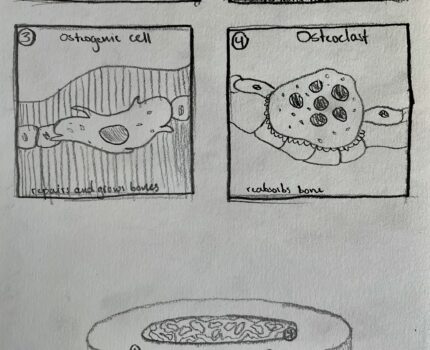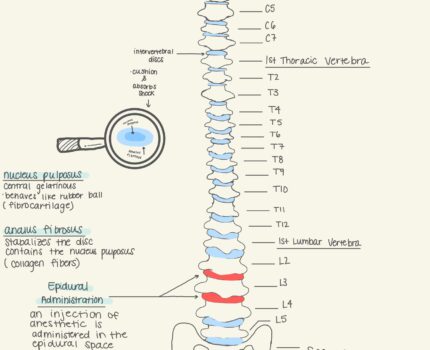Spina Bifida is a disorder in the neural tube of the spine That develops while still in the womb. There are three different types with differing severity the names are depicted in the picture. It is also a bone deformation which is the objective I covered. Myelomeningocele is the most severe out of the three followed by Meningocele and Spina Bifida Occulta. The least worrisome is called Spina Bifida Occulta, there is very little damage that this form of Spina Bifida does. It is simply a gap in the back portion of the spine where the bone didn’t completely form. There is no fluid-filled sack and no nerve damage. This form of Spina Bifida is often not found until late childhood, adulthood, and sometimes after death. The second is called Meningecele (ma-nin-jo-seal), This form of Spina Bifida is more severe than Spina Bifida Occulta. It can be seen externally, this form of Spina Bifida has a fluid-filled sack with no nerve protruding into the sack from the spinal column. There is a minor disability that goes along with this form of Spina Bifida. The third and most severe is Myelomeningocecle (my-low-ma-nin-jo-seal), which is the one people think of when they think of Spina Bifida. This is evident by a fluid-filled sack on the back and there is part of the spinal cord and nerve protruding through the gap in the spine into the fluid-filled sack. There are two different types of Myelomeningocecle one skin forms over the sack of skin and the second the area remains open and there is no protection for the exposed nerves and spinal cord. This form of Spina Bifida has moderate to severe disorders both intellectually and physically, for example, people with this form can have issues going to the bathroom (CDC. 2020 & Basaloglu et al., 2017).
CDC. (2020, September 1). What is Spina Bifida? Centers for Disease Control and Prevention. https://www.cdc.gov/ncbddd/spinabifida/facts.html


